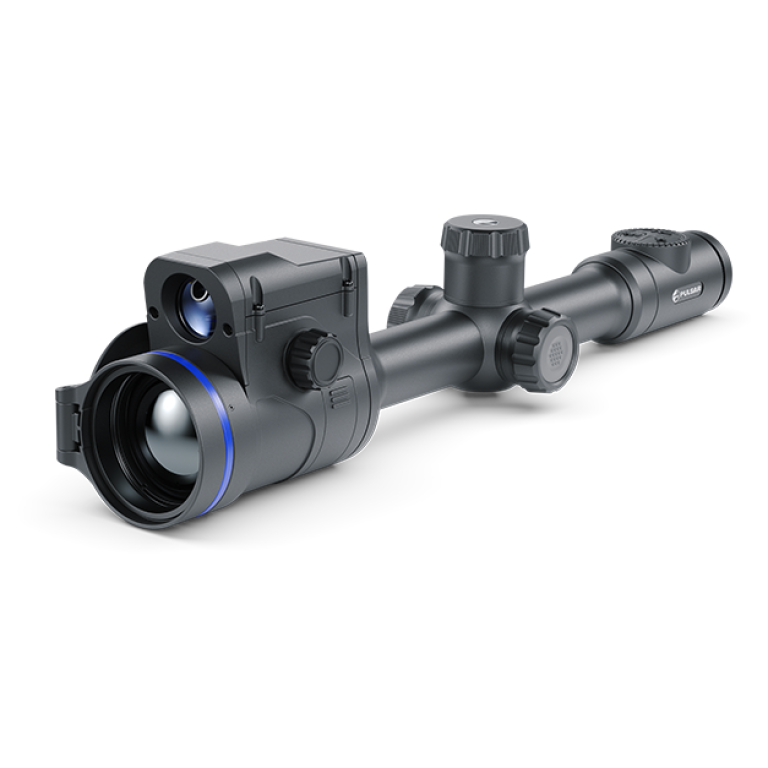Thermal imaging cameras, once a niche technology primarily associated with military and industrial use, have now become widely accessible and applied in various sectors. These cameras are capable of detecting infrared radiation (heat) and converting it into an image that can be seen by the human eye. As modern society increasingly seeks innovative solutions for safety, efficiency, and convenience, thermal imaging cameras have found their way into many critical applications. From security and firefighting to healthcare and environmental monitoring, these cameras are indispensable tools across multiple industries.
Key Applications of Thermal Imaging Cameras
- Security and Surveillance: Thermal imaging cameras are widely used in security and surveillance operations due to their ability to detect heat signatures even in complete darkness or adverse weather conditions. Unlike traditional cameras that rely on visible light, thermal cameras can spot intruders, unauthorised activity, or hidden dangers in environments where visibility is poor. Airports, military bases, and other high-security zones often use these cameras for 24/7 monitoring.
- Firefighting: Firefighters rely heavily on thermal imaging cameras to navigate through smoke-filled environments and detect hotspots during and after a fire. These cameras can identify heat sources even behind walls, which allows firefighters to locate victims and assess the safest routes for escape or rescue. In post-fire investigations, thermal imaging is used to detect any remaining areas of heat that might rekindle the fire.
- Building and Infrastructure Inspections: In the construction and maintenance industries, thermal imaging cameras are used to detect structural anomalies and inefficiencies. Building inspectors can identify energy loss by spotting areas where heat escapes, such as through poor insulation or faulty windows. Additionally, these cameras can reveal hidden problems like water leaks, electrical faults, and compromised structural integrity, which may not be visible to the naked eye.
- Healthcare: In the healthcare sector, thermal imaging cameras are increasingly being used for non-invasive diagnostic purposes. They can detect abnormal temperature patterns in the human body, which may indicate underlying health issues such as inflammation, infection, or poor blood circulation. Thermal cameras were particularly useful during the COVID-19 pandemic, where they were deployed at airports and public places to detect elevated body temperatures, helping identify potential carriers of the virus.
- Environmental and Wildlife Monitoring: Thermal imaging cameras also play a significant role in environmental conservation and wildlife monitoring. Conservationists use them to study nocturnal animals or track endangered species without disturbing their natural habitat. For instance, researchers can monitor animal movement patterns and even detect poaching activity in wildlife reserves during the night.
- Automotive and Transportation Industry: The automotive industry is another sector that benefits from thermal imaging technology. Thermal cameras are integrated into modern vehicles to enhance driver safety by detecting pedestrians, animals, or obstacles on the road, especially in low-light conditions. This is a significant advantage in preventing accidents caused by poor visibility at night or during foggy weather.
- Energy and Power Sector: In the energy sector, thermal imaging cameras are vital for inspecting power plants, electrical substations, and high-voltage equipment. These cameras help detect overheating equipment, which could indicate impending failure or the need for maintenance. By identifying issues early, thermal imaging allows companies to prevent costly downtime and enhance the safety of workers.
- Agriculture: Farmers and agricultural professionals are now using thermal imaging cameras to monitor the health of crops and livestock. These cameras can detect temperature variations in fields, helping farmers identify areas suffering from water stress or disease before the damage becomes visible.
Summing up, thermal imaging cameras have proven to be versatile tools with countless applications in modern society. From enhancing security and protecting lives to improving industrial efficiency and contributing to environmental conservation, the impact of this technology is far-reaching.
